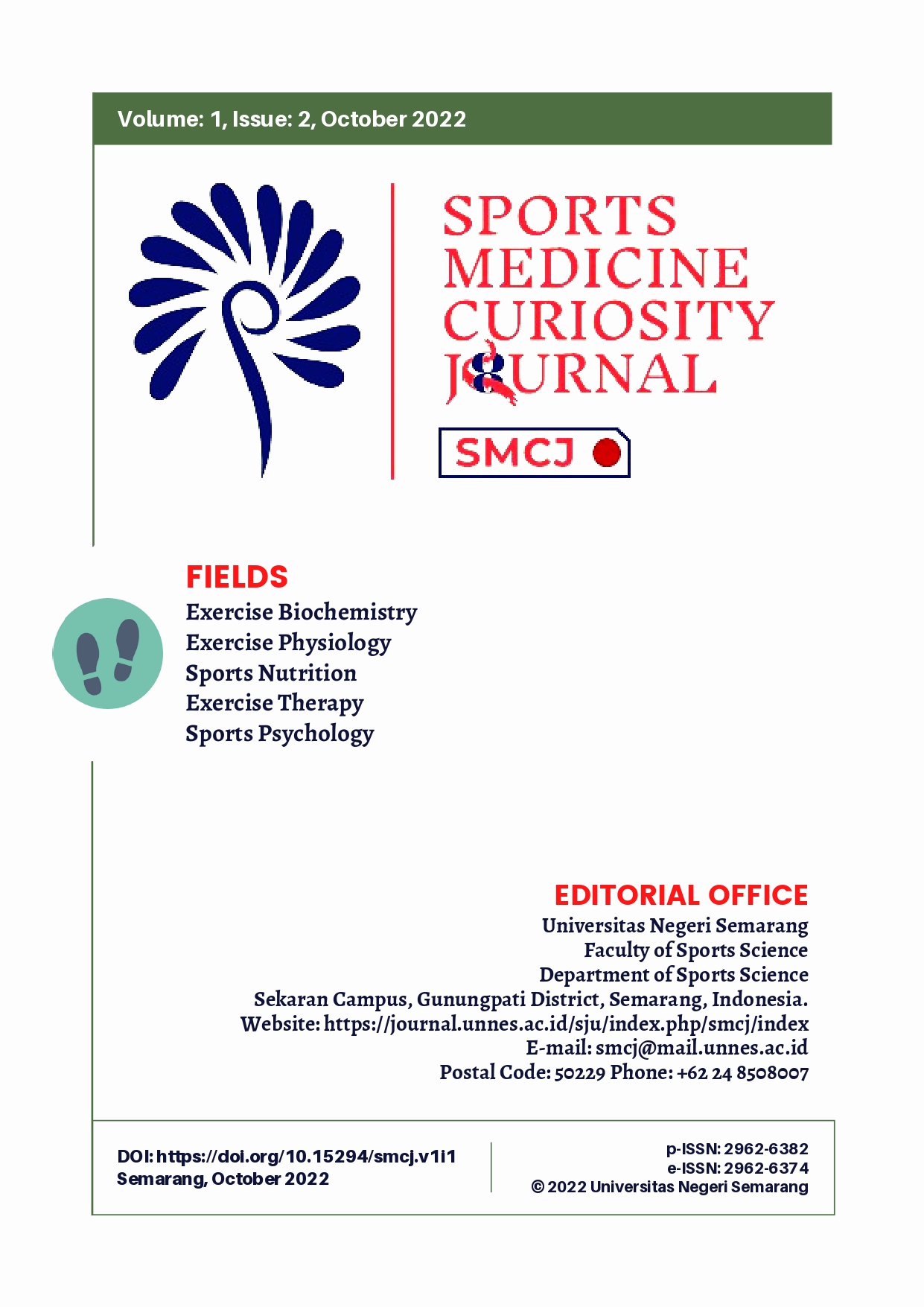Differences Family Support and Posyandu Visit Frequency Between Stunted and Non Stunted 12-59 Months Old Toddler
Abstract
Stunting are common at the age of 12-59 months. Some things that can affect the growth of toddler are family, parenting patterns, health services and environmental conditions. Family support is very important for children especially for their nutritional status. An example of health services for toddlers is Posyandu. Posyandu has benefits for society include monitoring the growth of toddlers so they do not suffer from stunting. The aim of the study was to determine differences family support and Posyandu visit frequency between stunted and non stunted 12-59 months old toddlers at Tambakrejo village Pemalang regency. This is a cross sectional study. The research subjects were toddlers 12-59 months old in Tambakrejo village. Stunted was determined by height for age z-score <-2SD. Independent t-test dan Mann Whitney test was conducted to determine differences family support and Posyandu visit frequency between stunted and non stunted toddler. Family support score in the stunted toddler group was 35,77 and Posyandu visit frequency was 5,40 times. Family support score in the non stunted toddler group was 54,27 dan Posyandu visit frequency was 8,97 times. There was a significant difference family support and Posyandu visit frequency between stunted and non stunted toddlers. Non stunted toddlers have better family support compared to stunted toddlers. Posyandu visit frequency of stunted toddlers is lower than non stunted toddlers.





